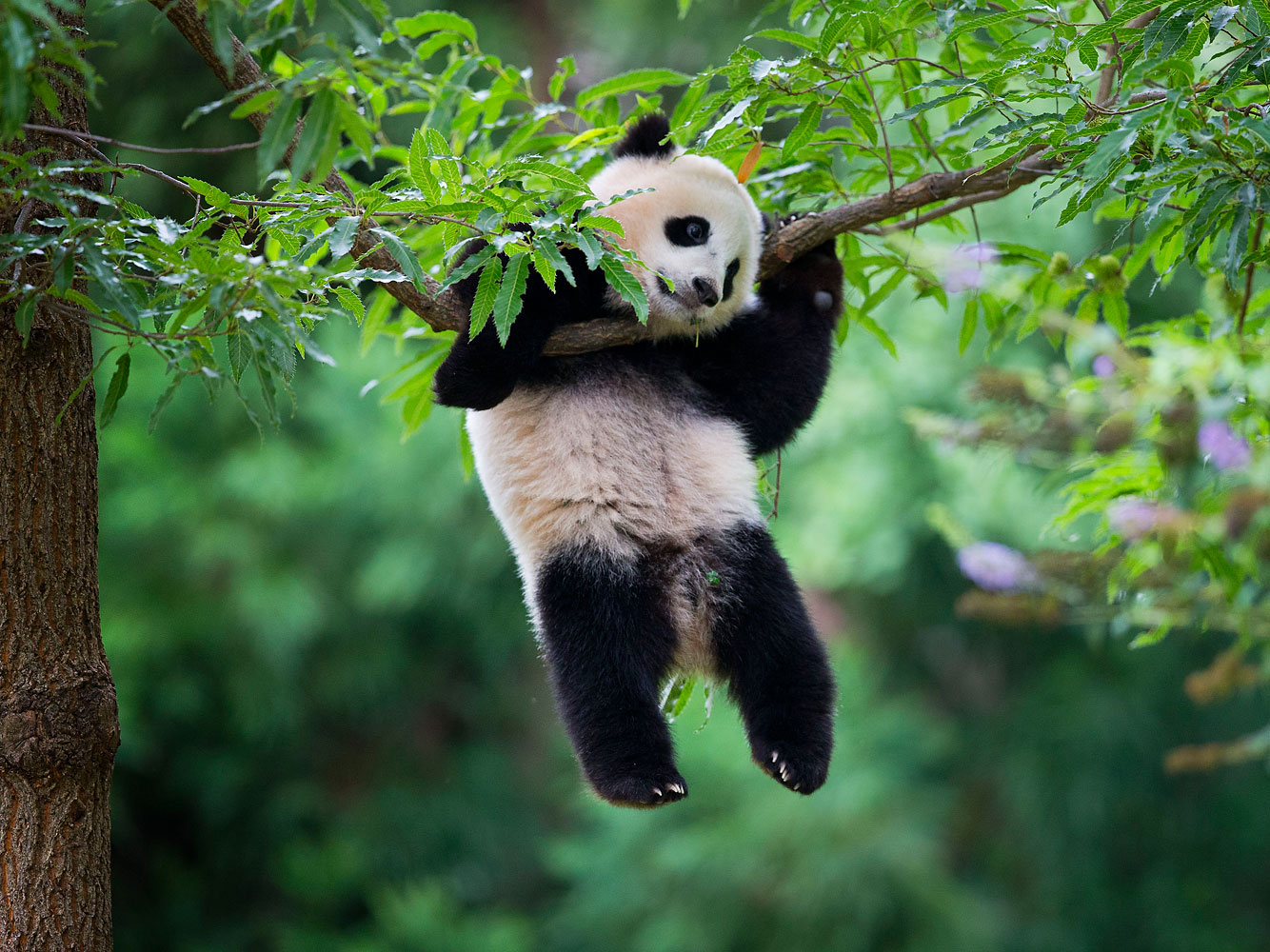
Bao Bao, the newest giant panda cub at the Smithsonian’s National Zoo in Washington, D.C., turns one year old on Saturday, August 23, but already she’s acting like a moody, rebellious teenager. We caught up with one of her trainers, Nicole MacCorkle, to find out the most surprising and interesting developments in her growth within the last year.
She’s sassy
Bao Bao – which means “precious” or “treasure” in Chinese – doesn’t always listen to her mom Mei Xiang or her teachers. “Sometimes she’s sitting in the tree when we’re trying to get her in at the end of the day, and it’s almost as if she is mocking us, just looking at us like, ‘You can’t reach me,'” she says. “If she doesn’t respond to her mother, she’s not going to respond to us.”
She’s a picky eater
She’s only interested in her mother’s milk and got hooked on grass early – bamboo leaves – at four months, two months earlier than when most baby pandas start eating the plant. When she obeys commands, she’s given cooked sweet potato and “fruitsicles,” frozen apple juice with apple and pear pieces, but “Bao Bao is not really interested in the non-bamboo food,” says MacCorkle. “She doesn’t have a lot of food rewards that she’s overly motivated by, so a lot of the things we would use to train an adult she’s just not that interested in.” After her first birthday, zoo keepers will start bribing her with sweets like honey. For now, they dangle a little white buoy on the end of a pole to motivate her.
She does her own thing
Bao Bao isn’t as social as her brother Tai Shan, the zoo’s first surviving panda cub born in 2005 that is now in the breeding program at Wolong’s Bifengxia Base in Ya’an, Sichuan, China. He would approach the keepers, while Bao Bao is more standoffish, preferring to climb trees, the rock cave in her yard, and walk along the window sill of the indoor exhibit room.
“We’re probably a little less interesting to Bao Bao because we weren’t as novel to her as we were to Tai Shan,” says MacCorkle. “For Tai Shan, we didn’t go into the den area when he was first born and didn’t become a fixture in his environment until he was six months old. But with Bao Bao, we’ve been going in since the very beginning.”
Tai Shan also “clung” to Mei Xiang, so much so that he didn’t want to be weaned, and mom would bark at him to tell him it was time. Mei Xiang lets Bao Bao “have her own space” – unless Bao Bao has a fruitsicle that she wants. Then she’ll just take it. “To produce the milk, she’s looking for any extra calories to consume so she can nourish her baby,” MacCorkle says.
She’s an early riser
Zoo visitors who want to see the youngster when she’s most active should show up at 7:30 a.m. She might be exploring her yard before she climbs up into her tree. But would-be selfie-takers, beware: “I have not seen her react to visitors,” MacCorkle says.



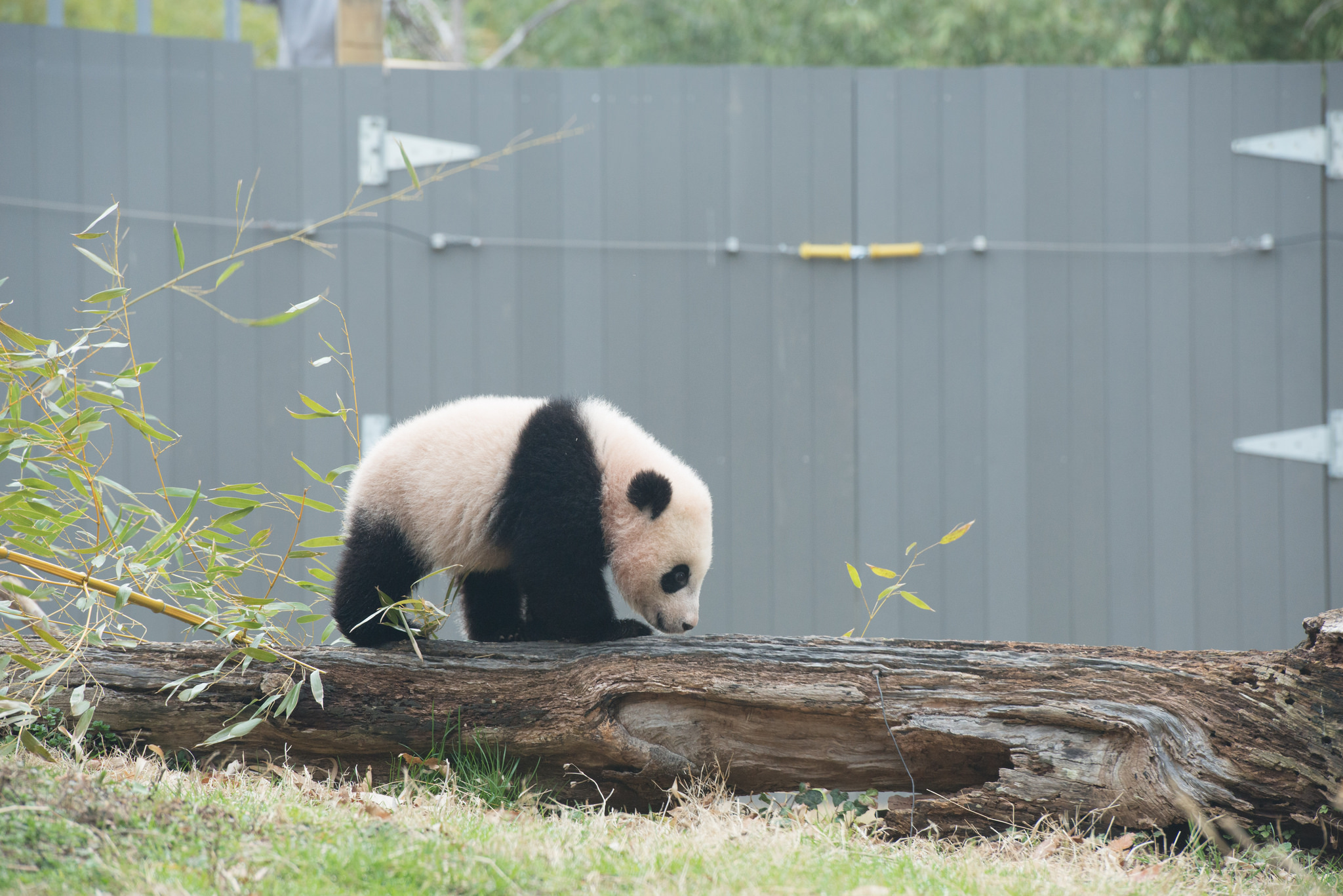
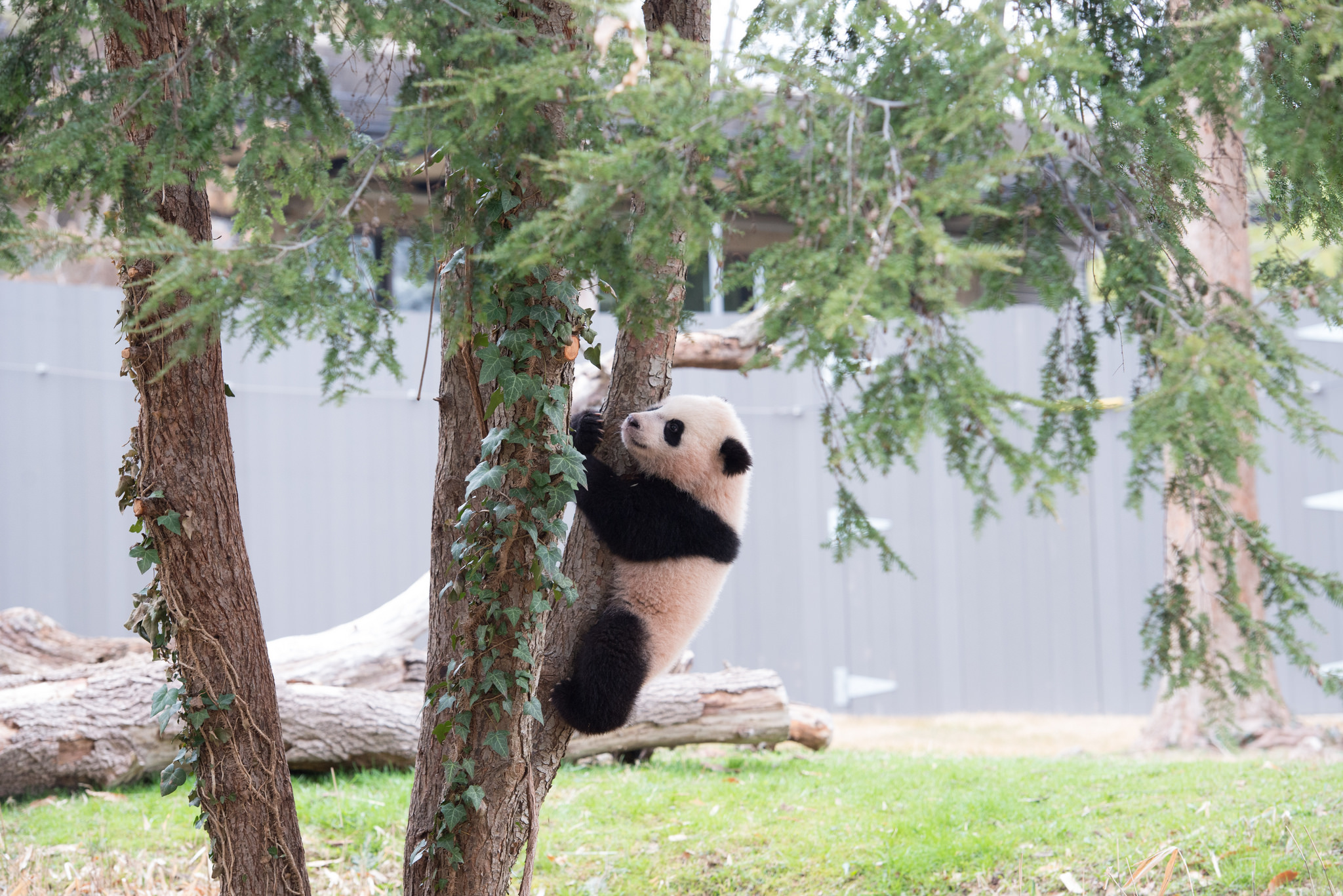
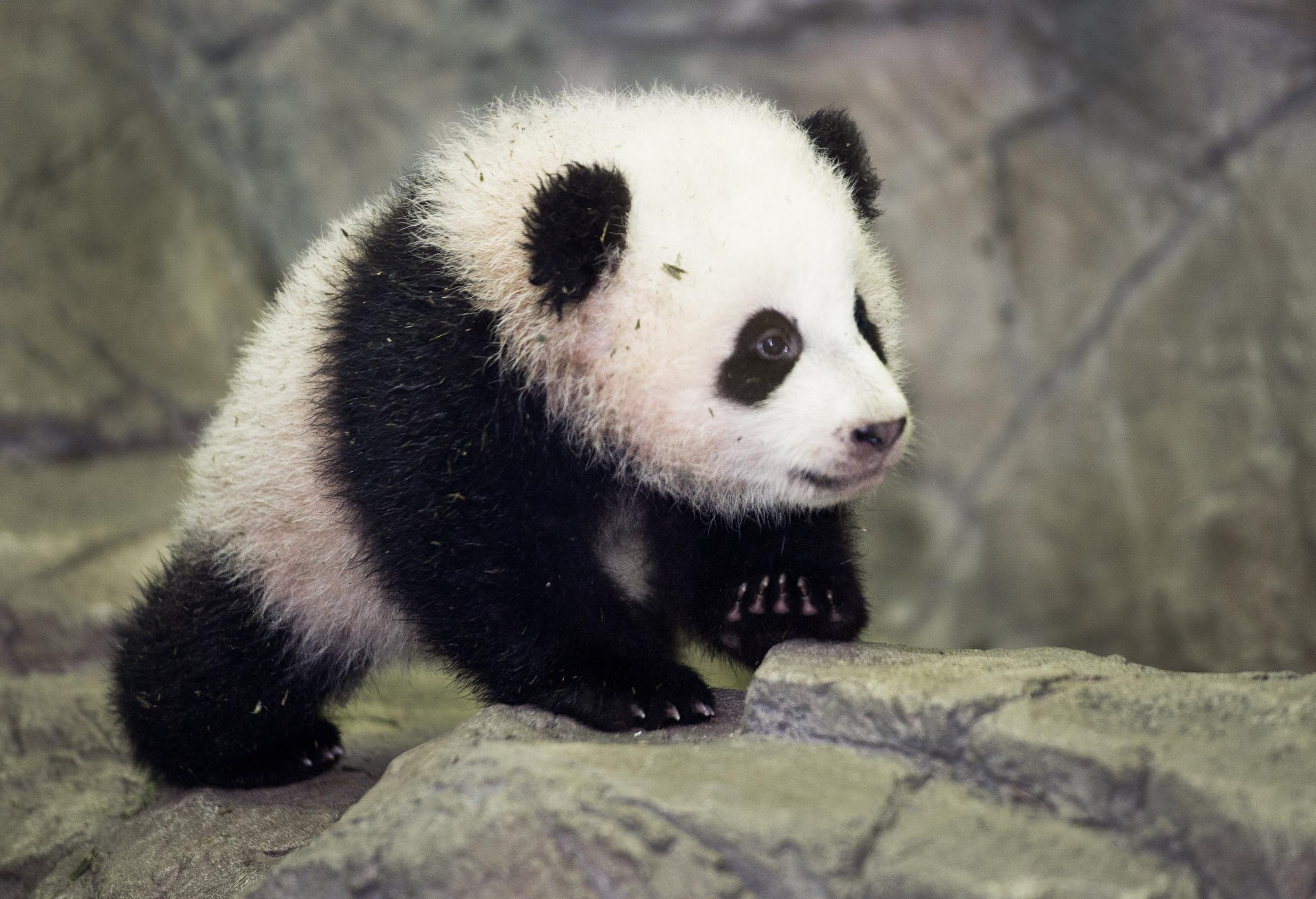
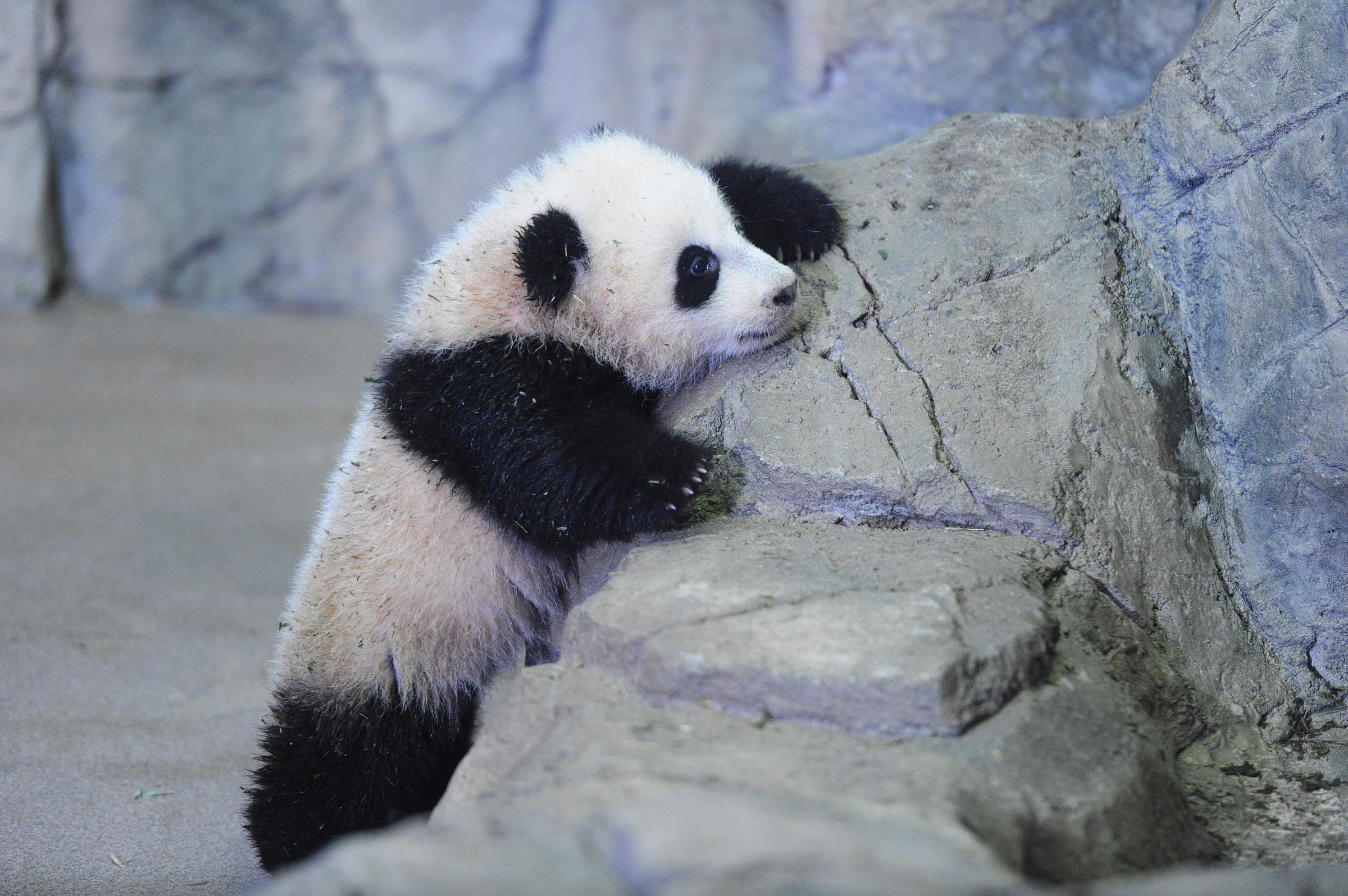
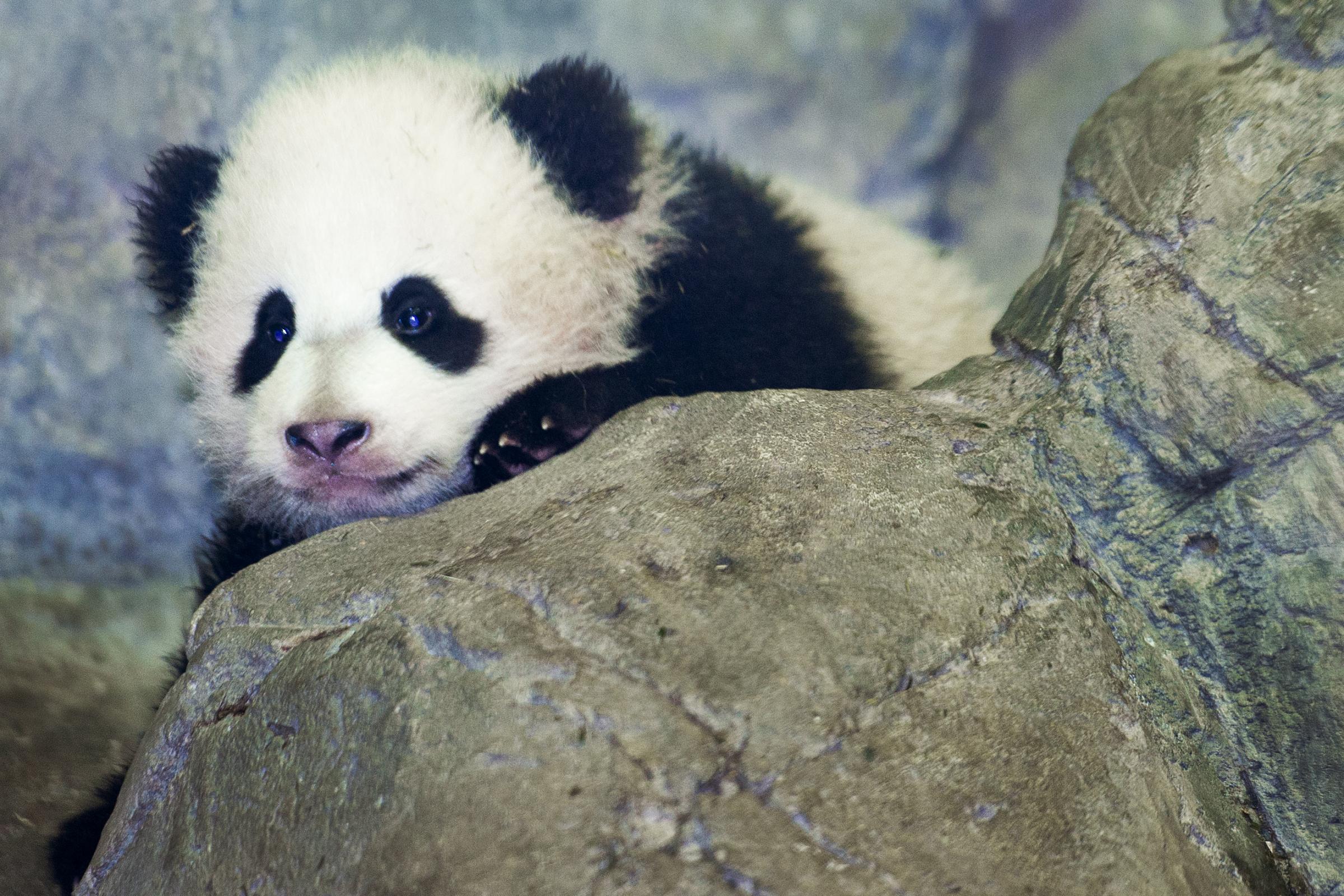

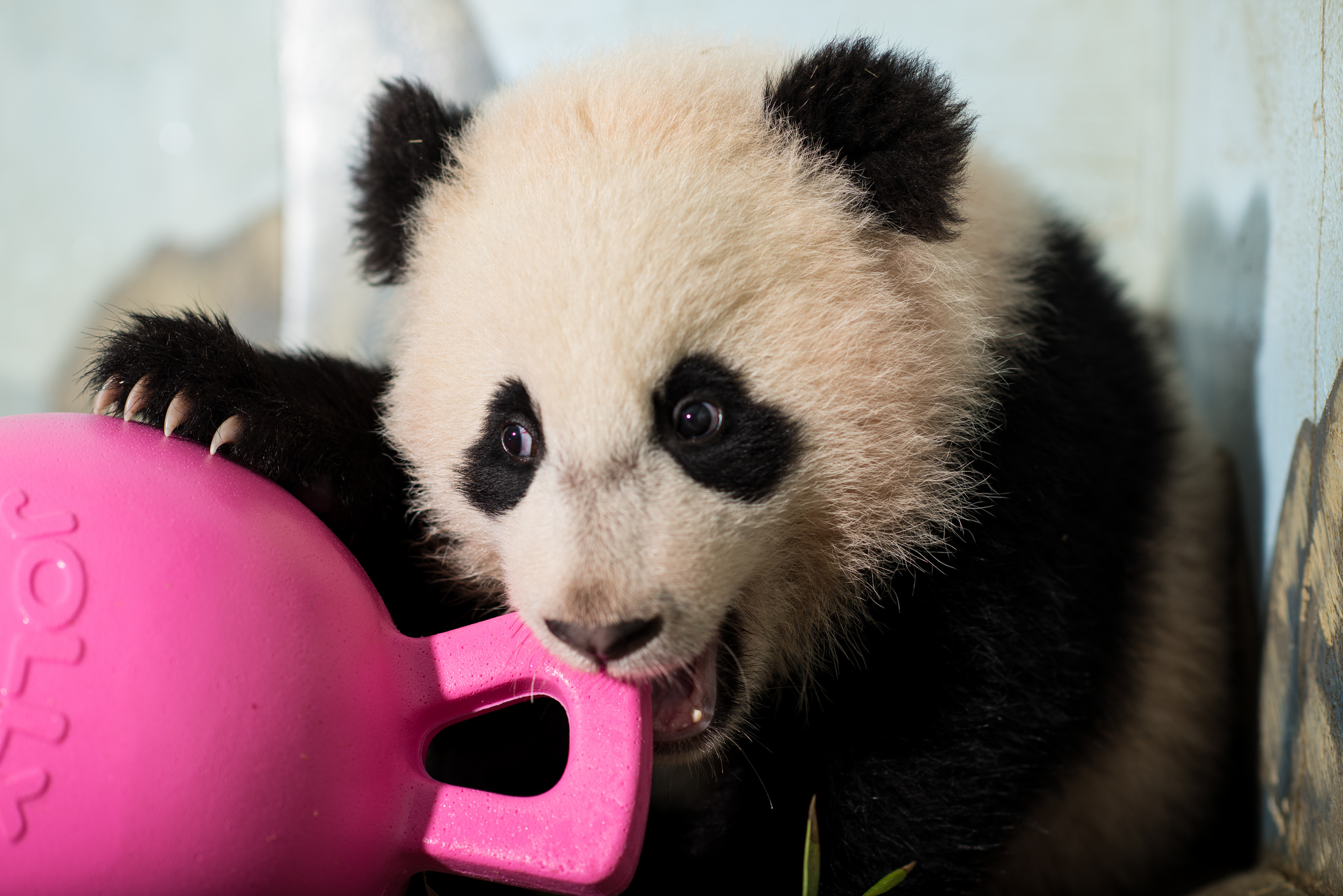
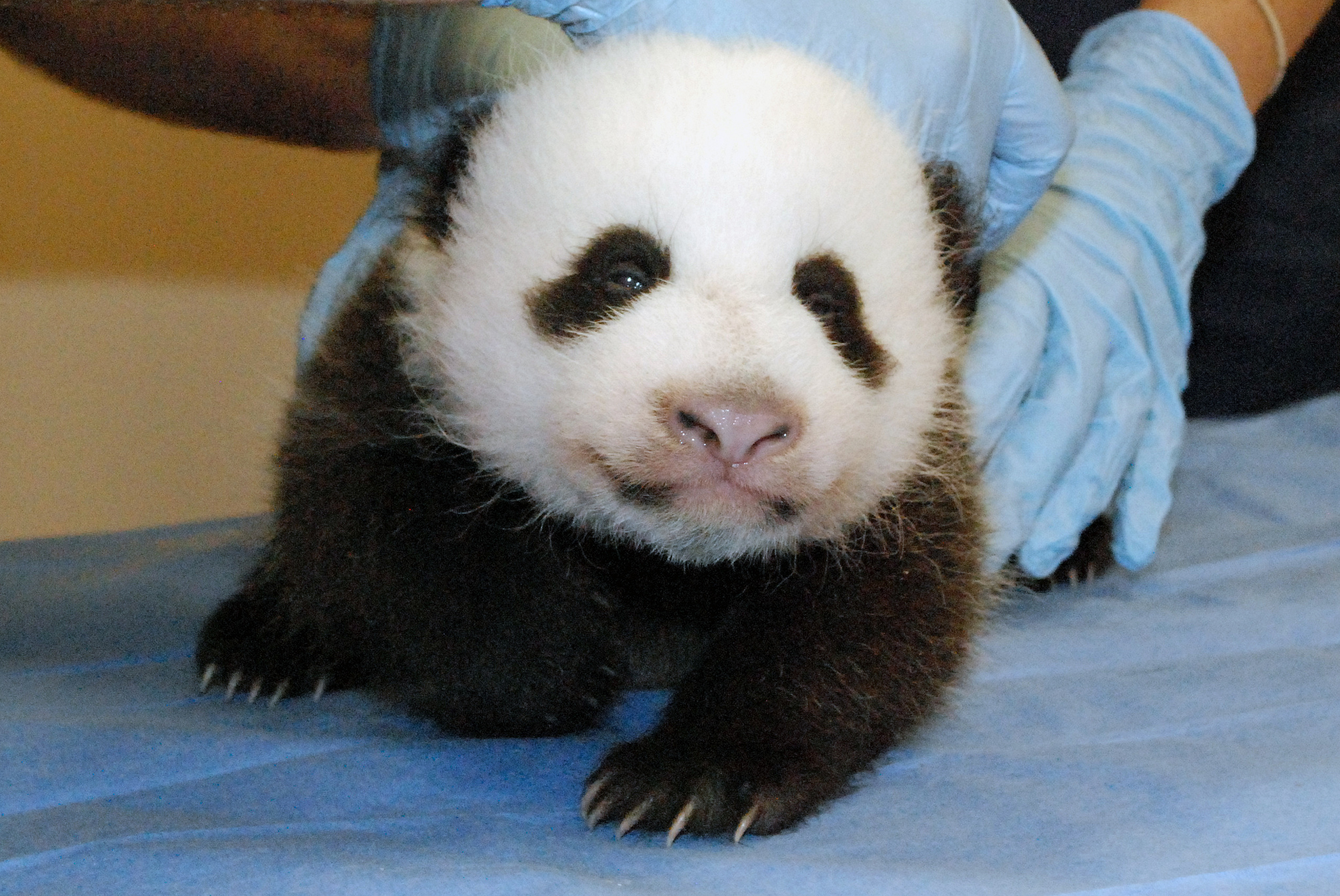
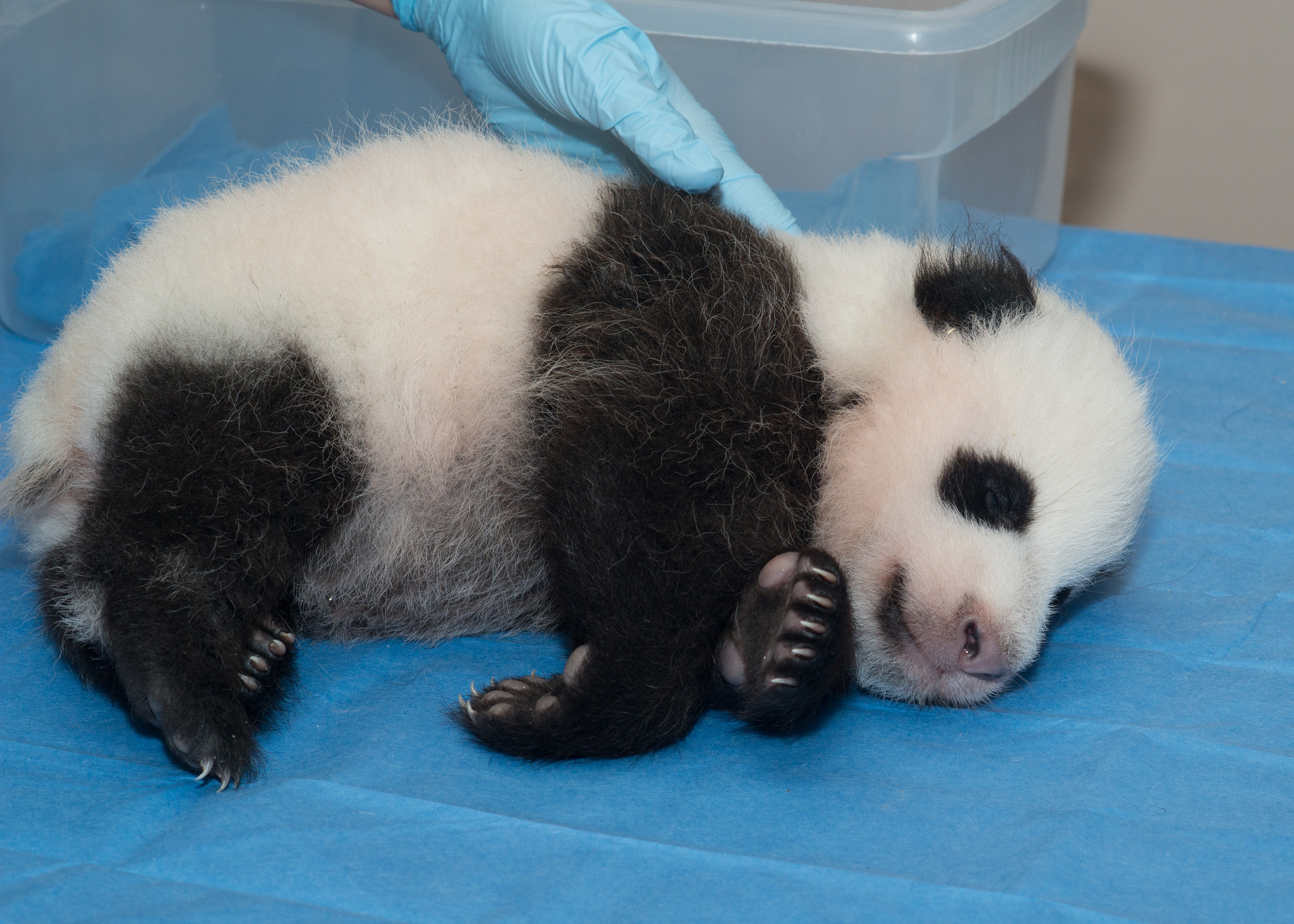
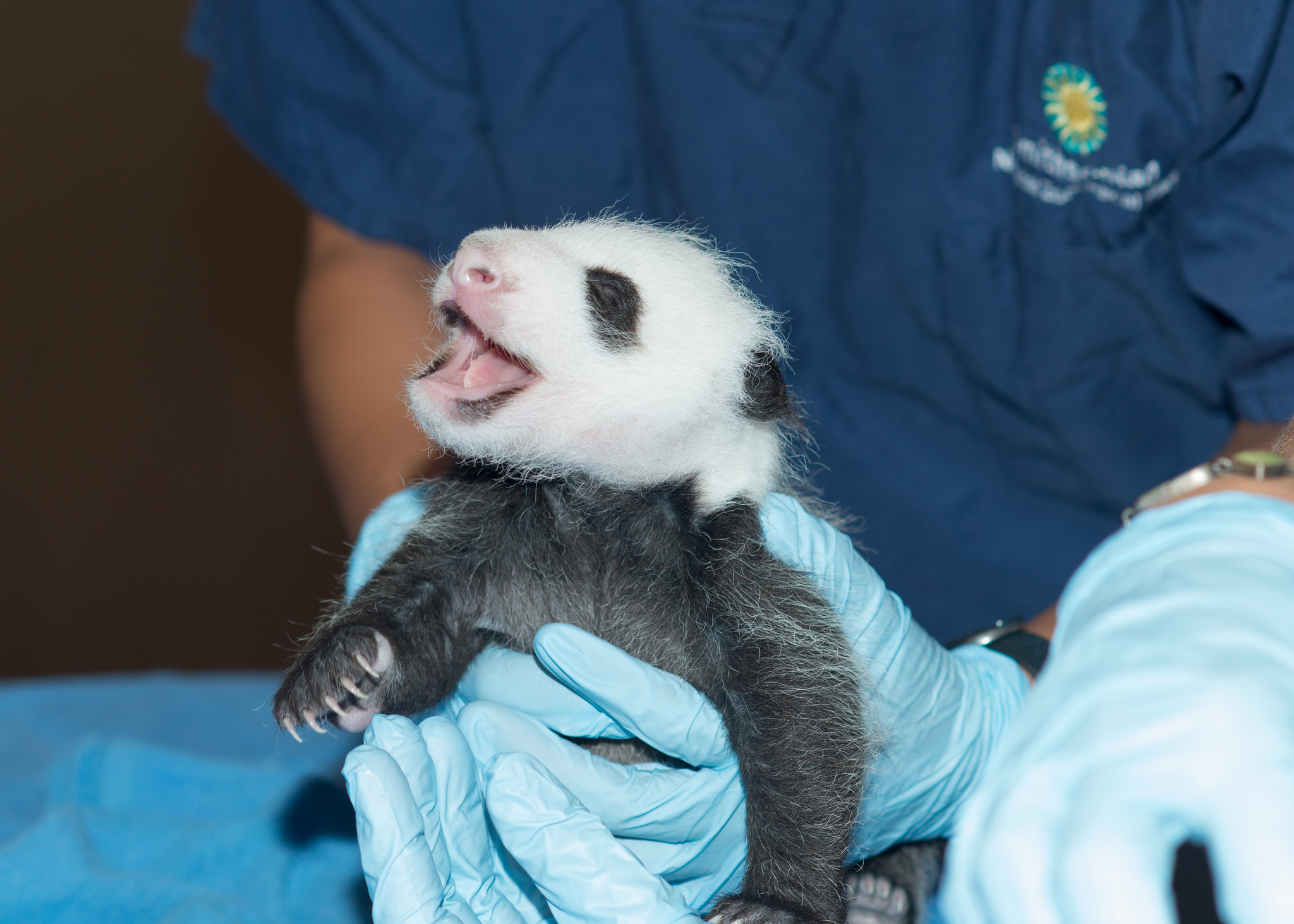
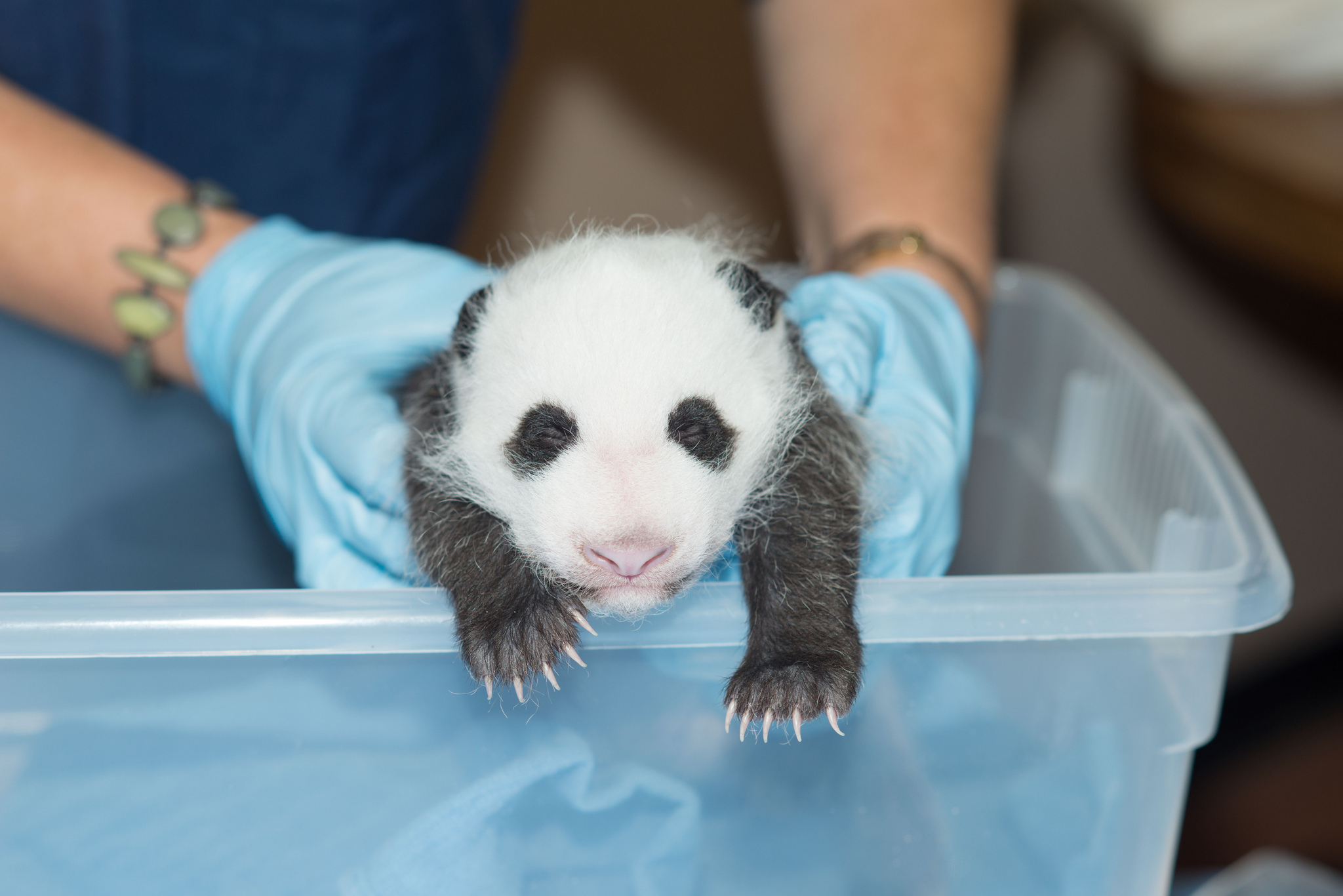
More Must-Reads From TIME
- The 100 Most Influential People of 2024
- The Revolution of Yulia Navalnaya
- 6 Compliments That Land Every Time
- What's the Deal With the Bitcoin Halving?
- If You're Dating Right Now , You're Brave: Column
- The AI That Could Heal a Divided Internet
- Fallout Is a Brilliant Model for the Future of Video Game Adaptations
- Want Weekly Recs on What to Watch, Read, and More? Sign Up for Worth Your Time
Write to Olivia B. Waxman at olivia.waxman@time.com